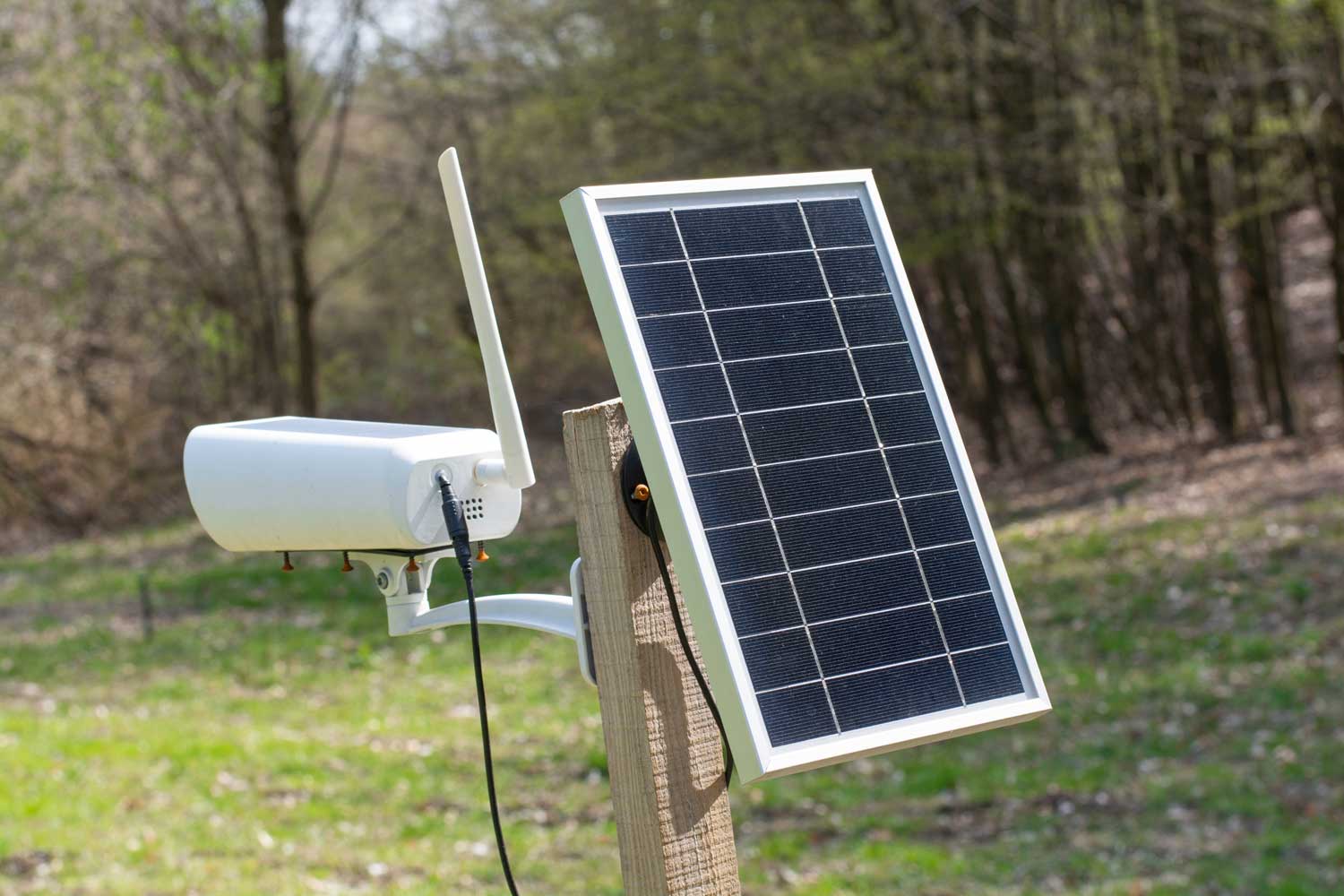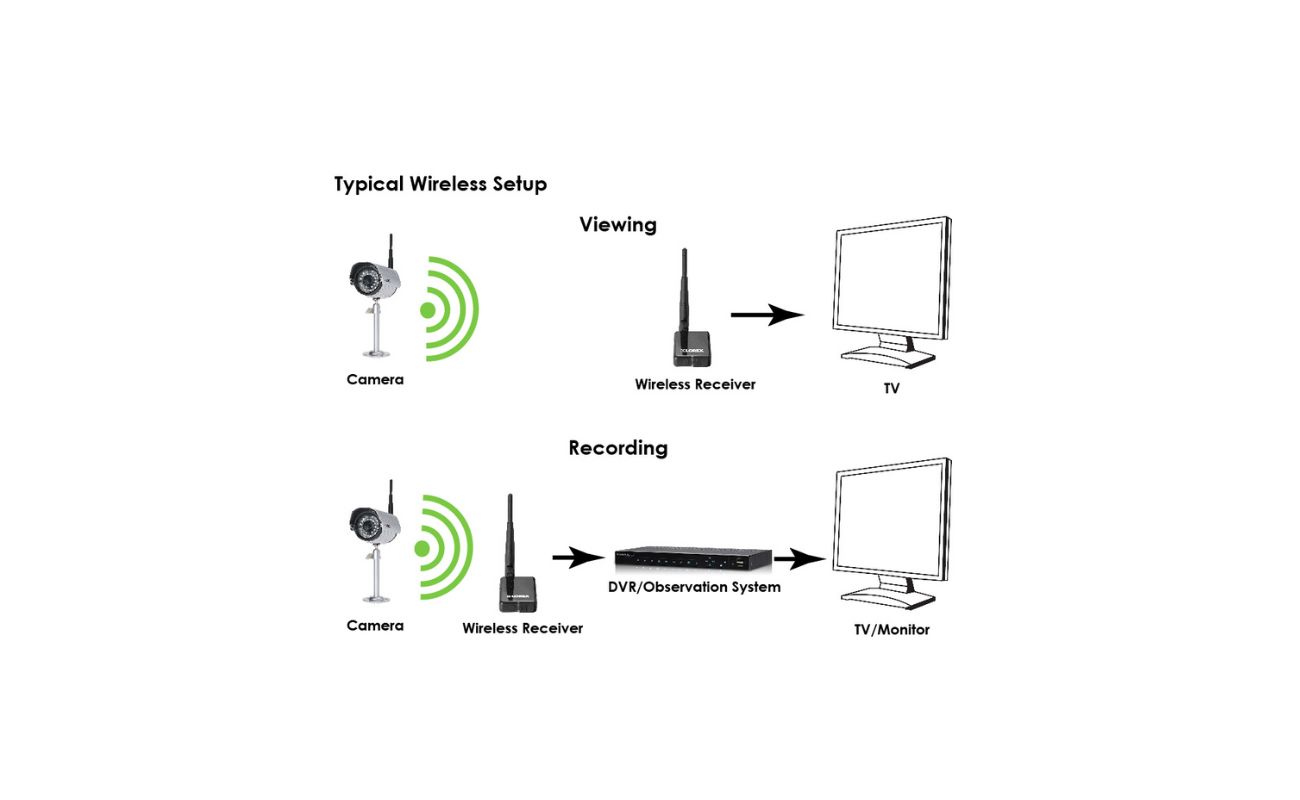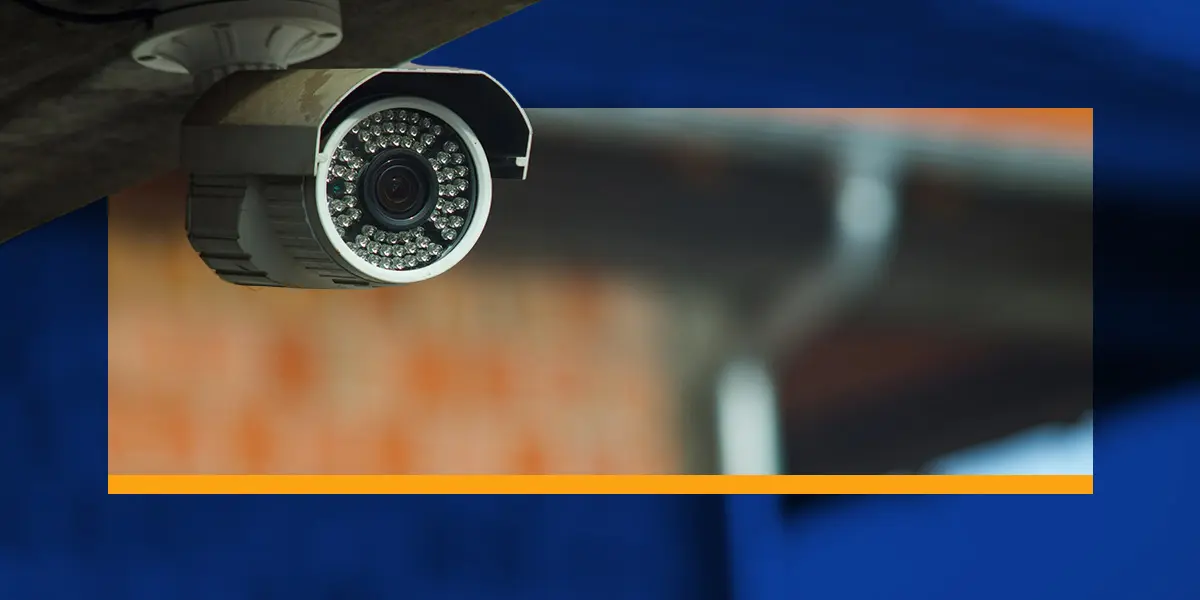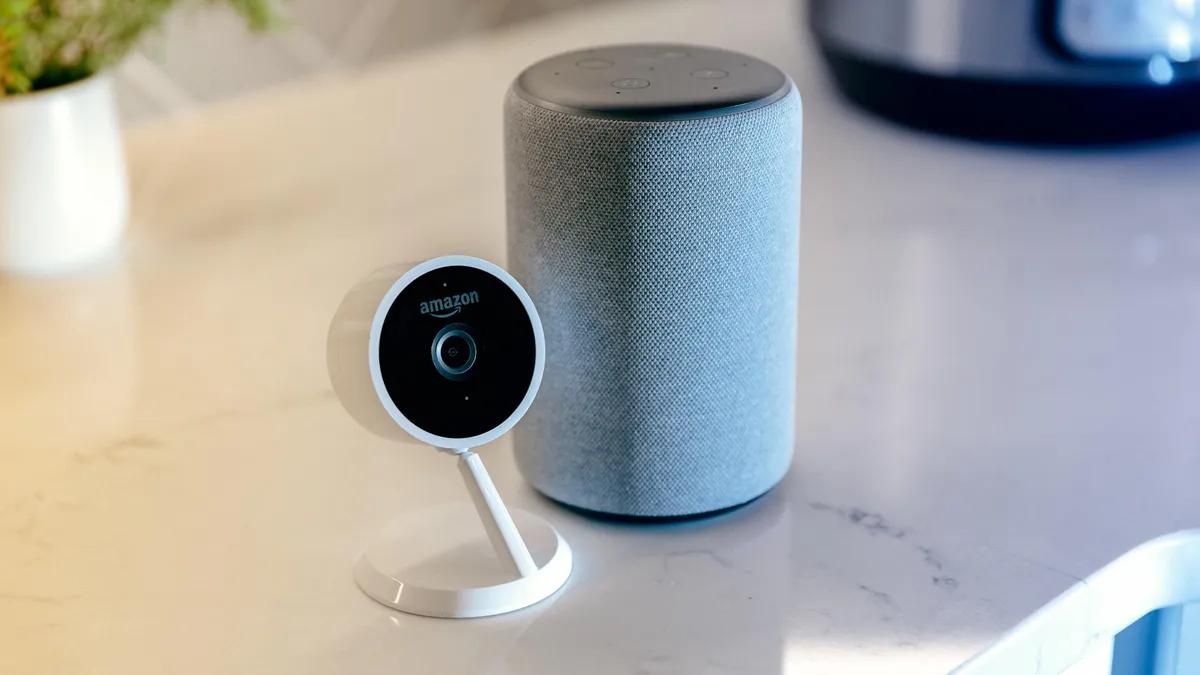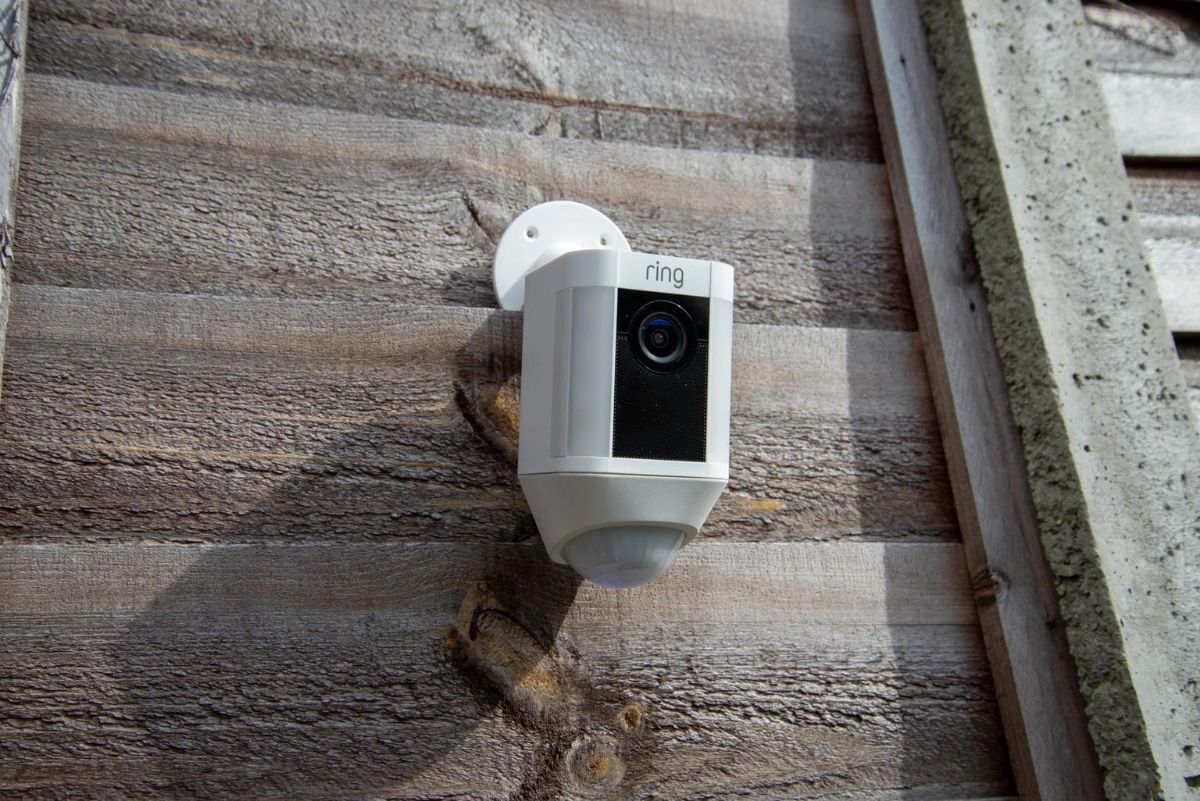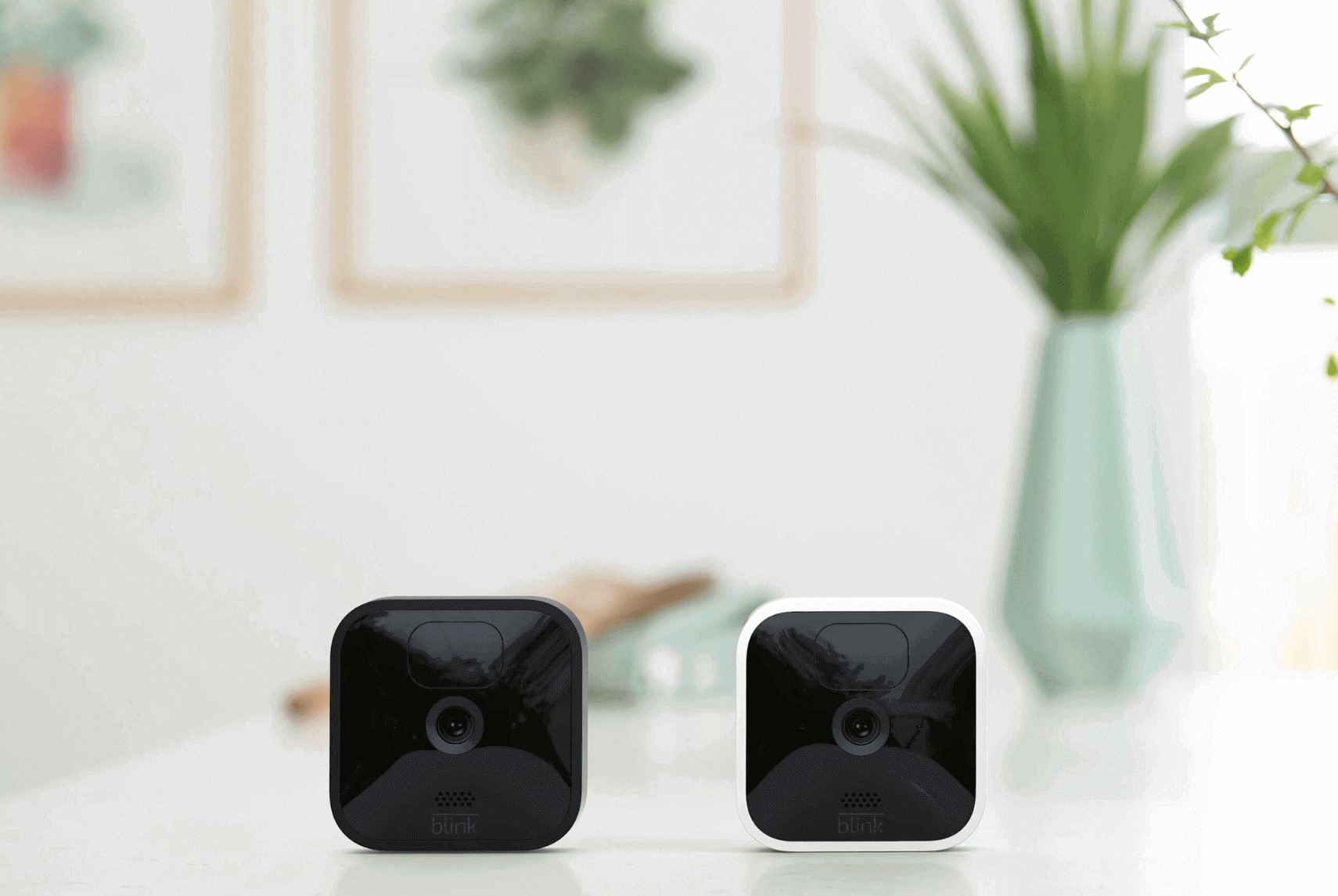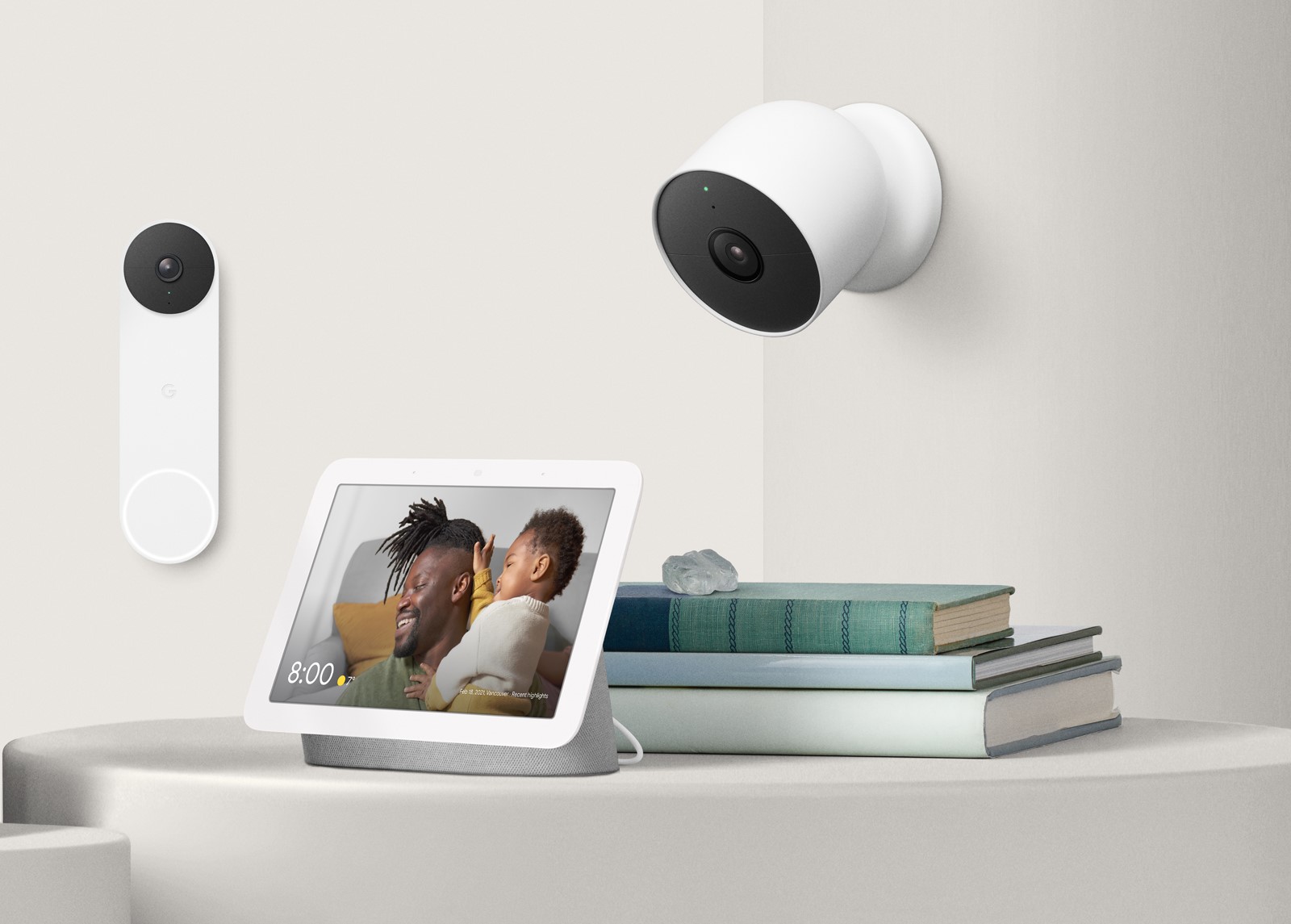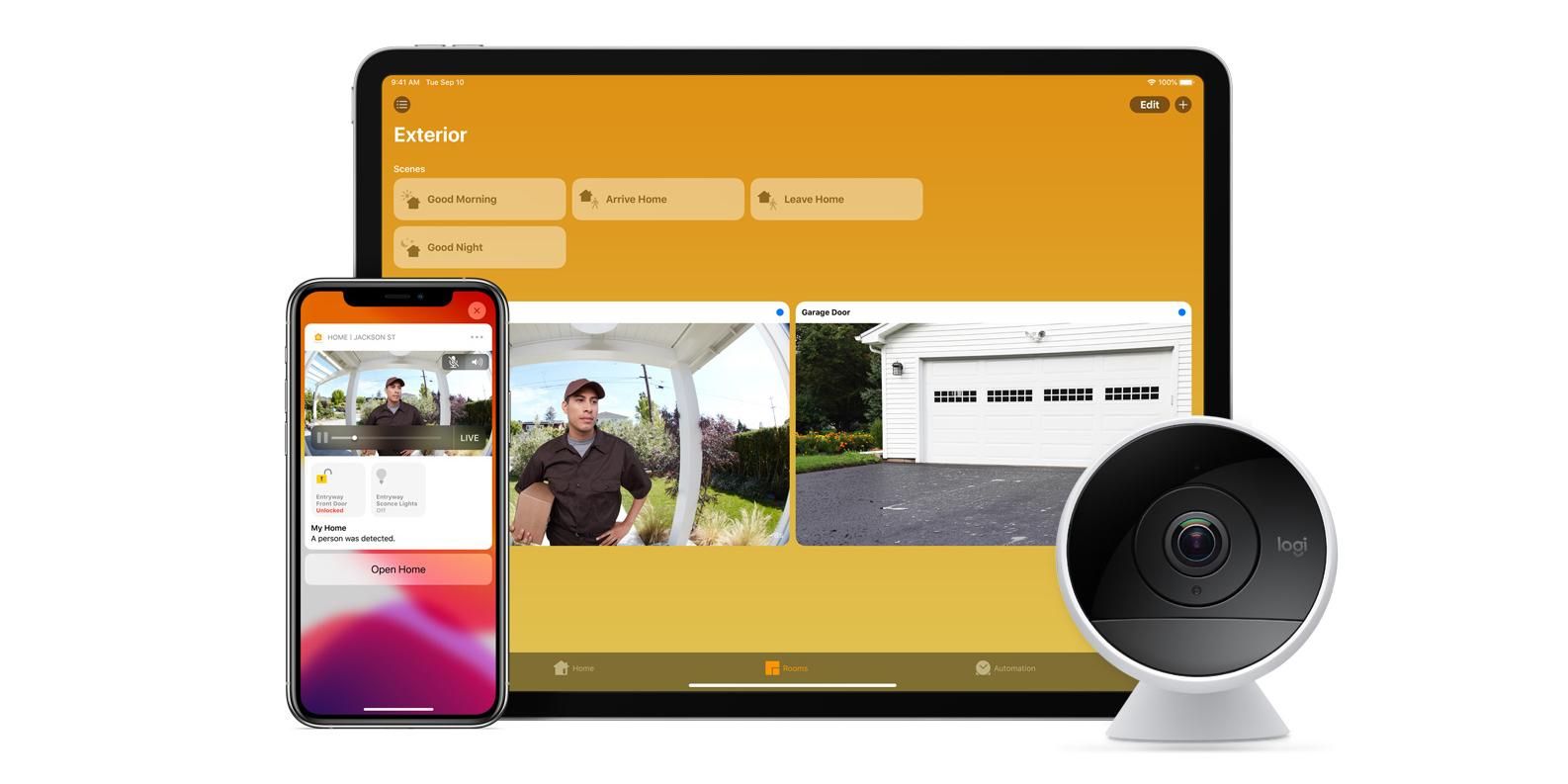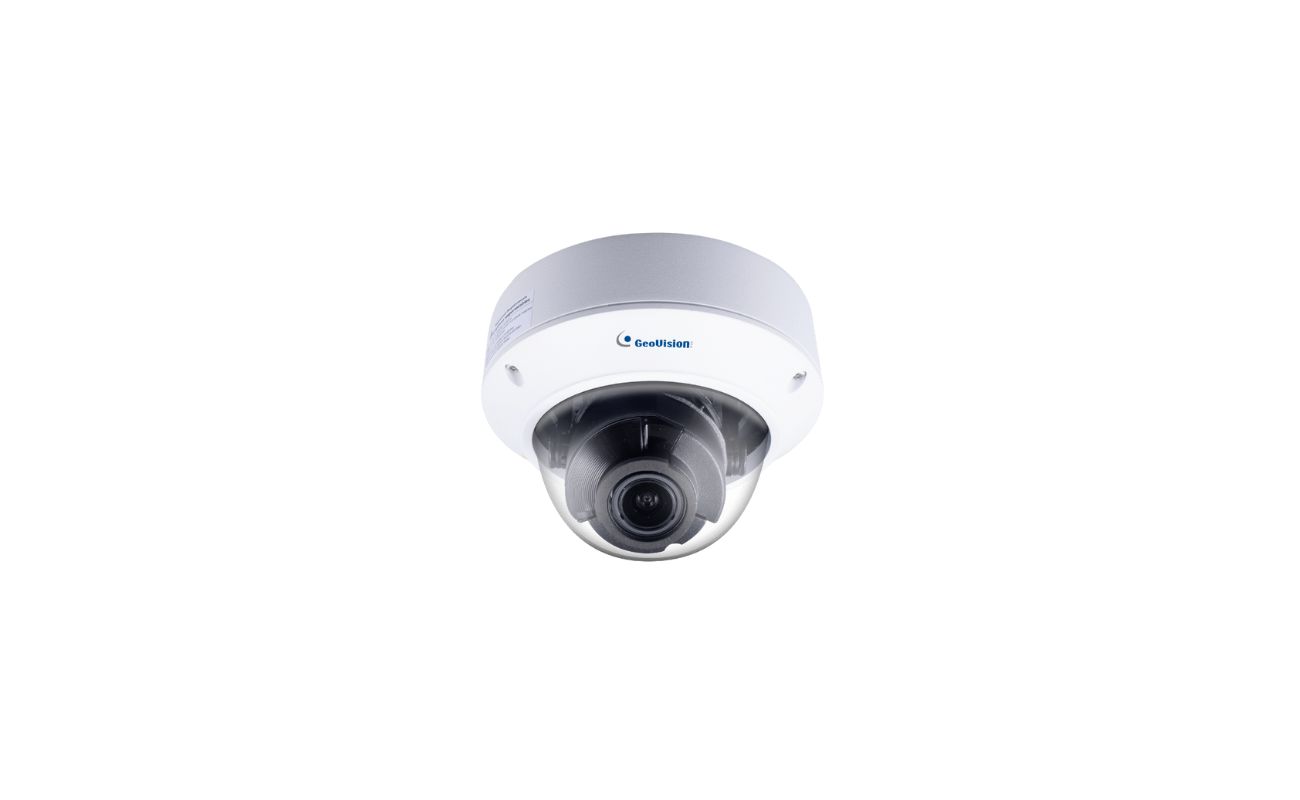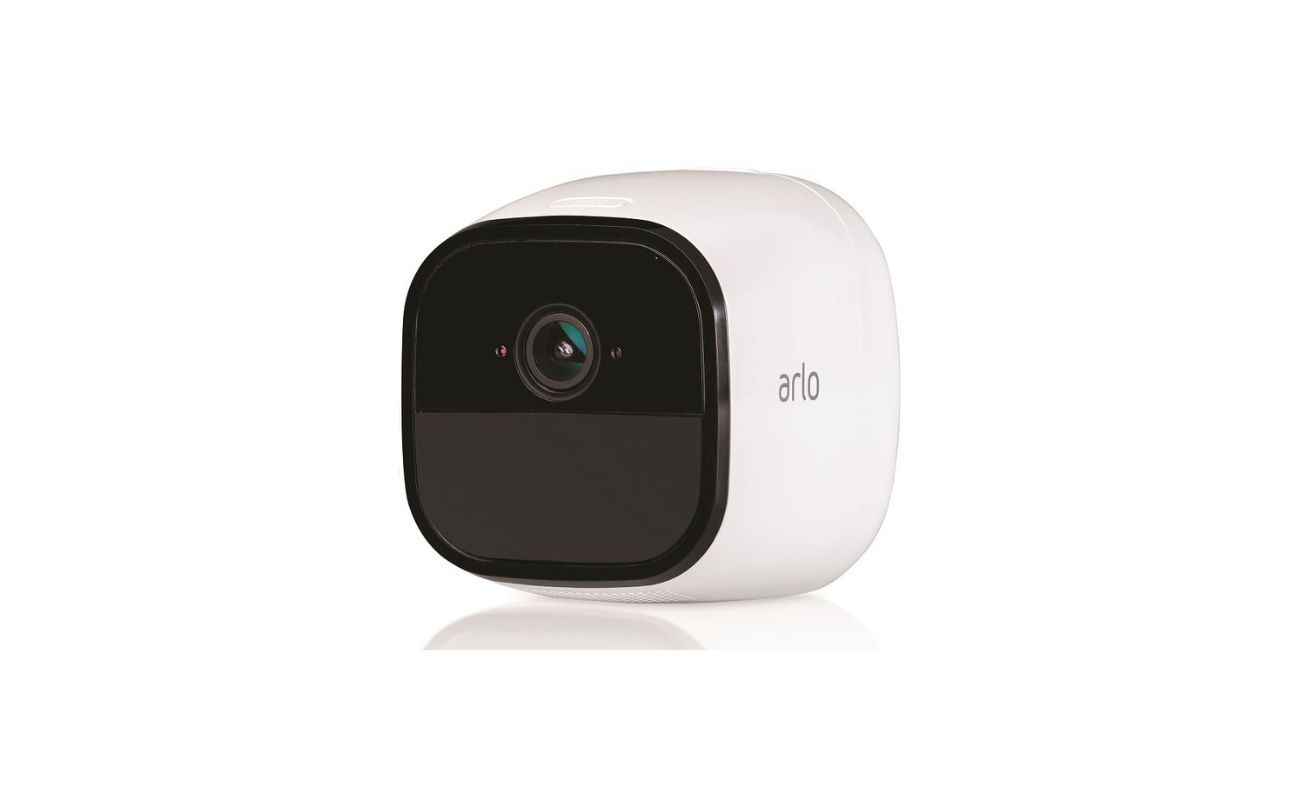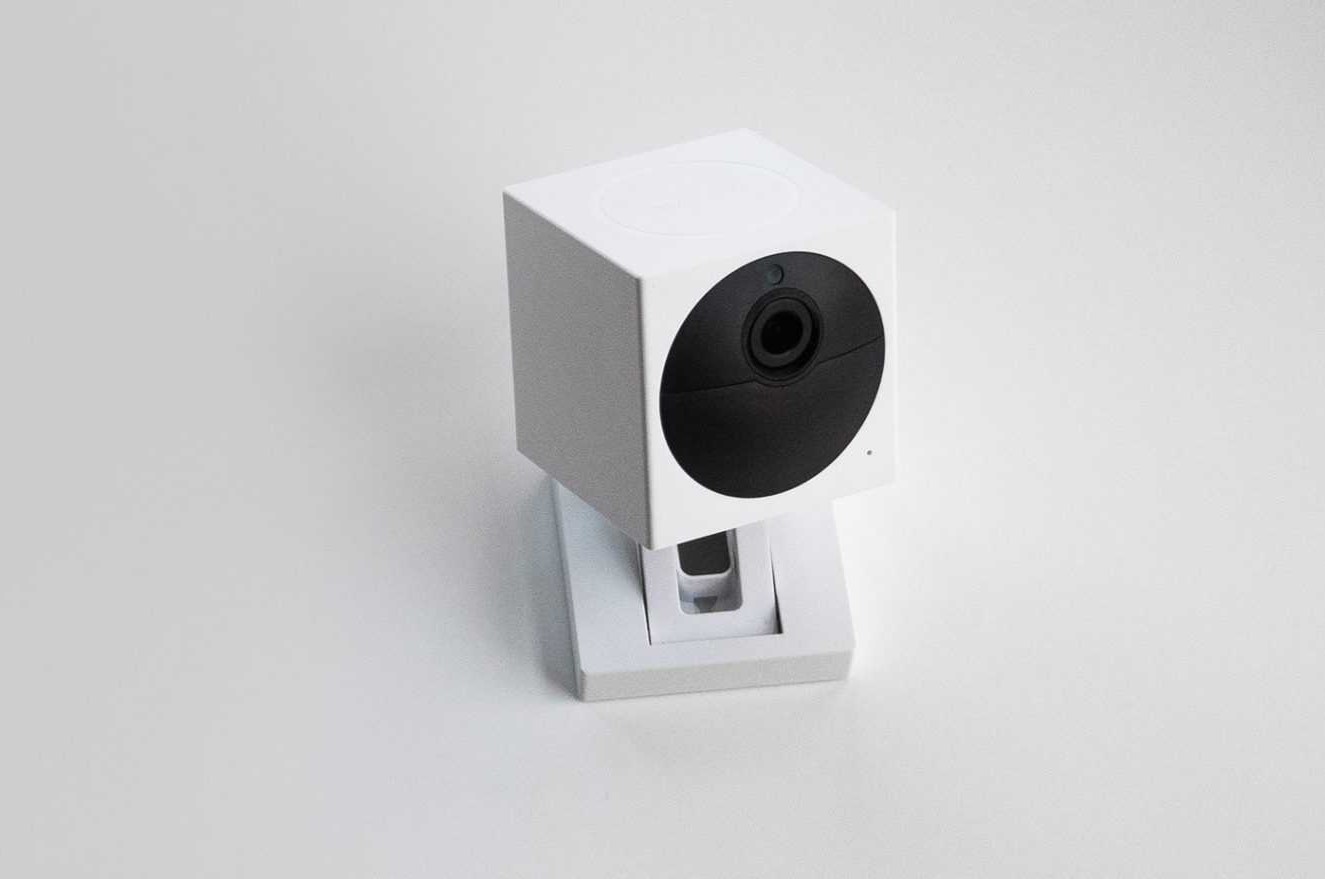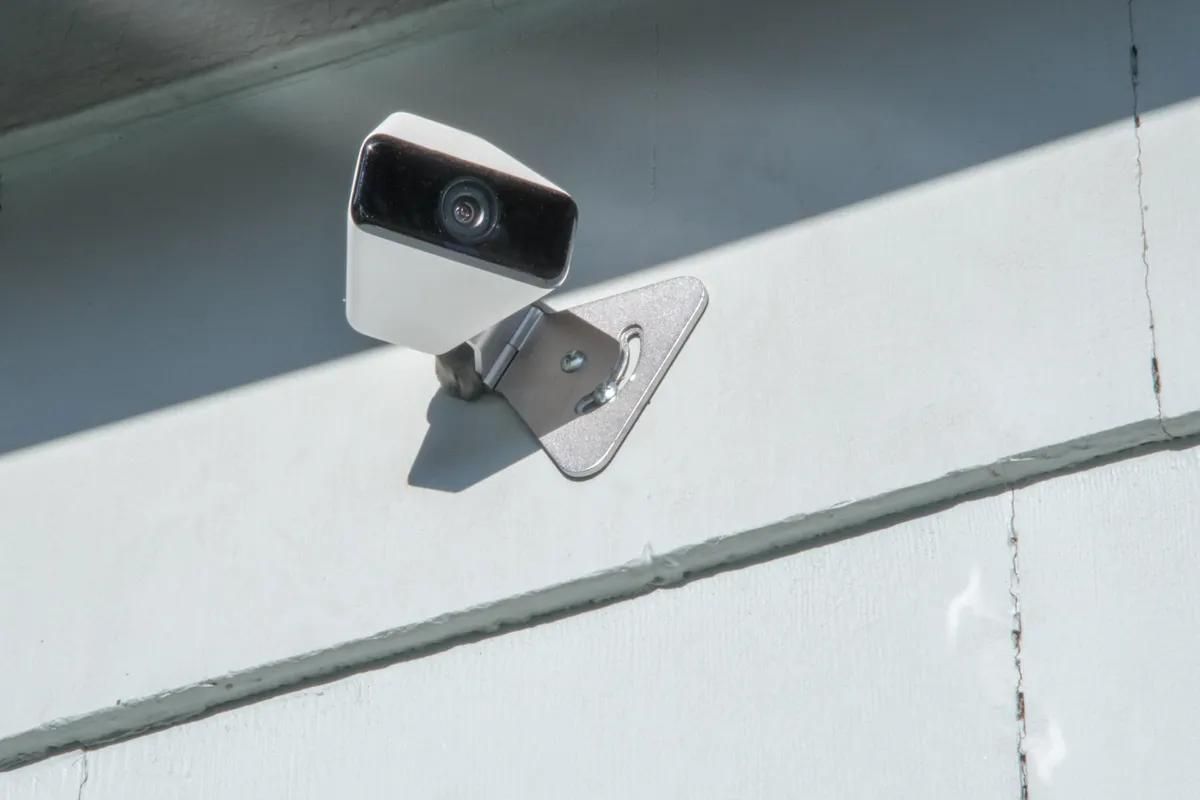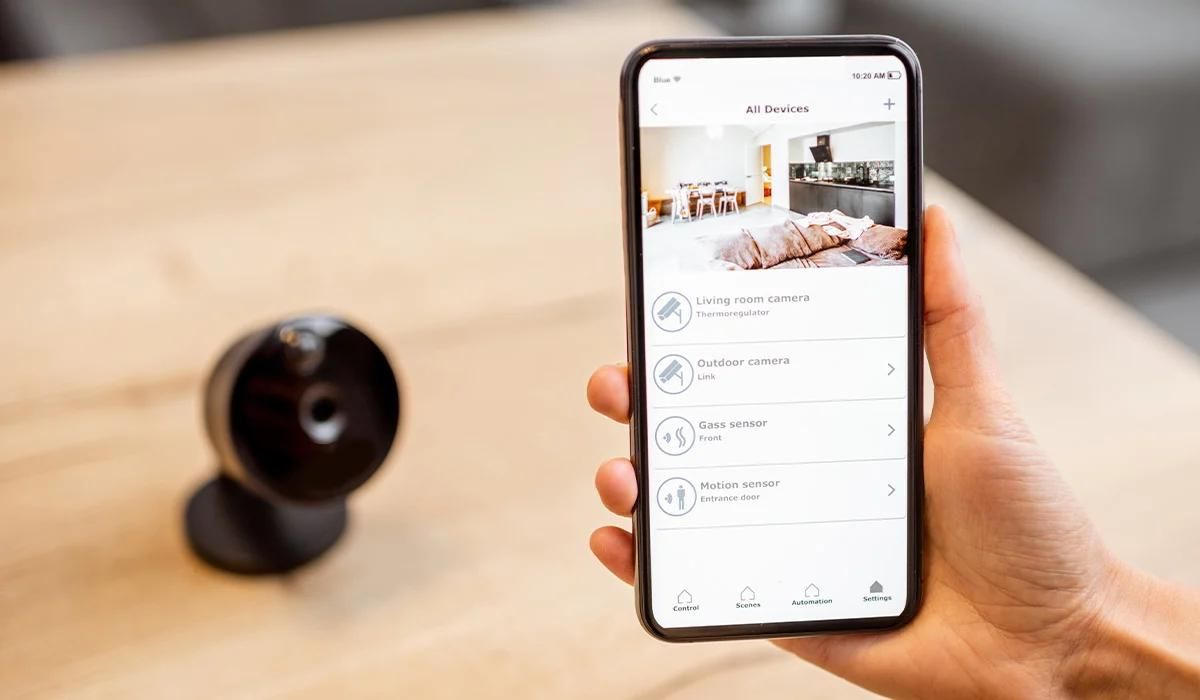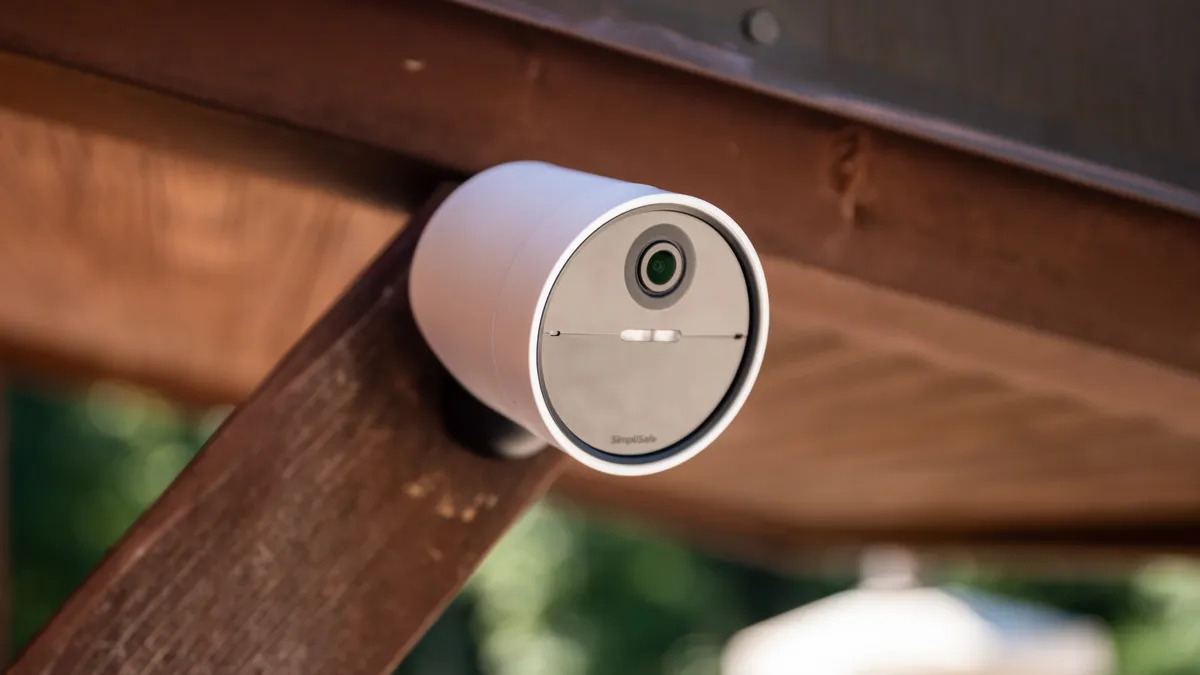Home>Home Security and Surveillance>How Do Home Security Cameras Work
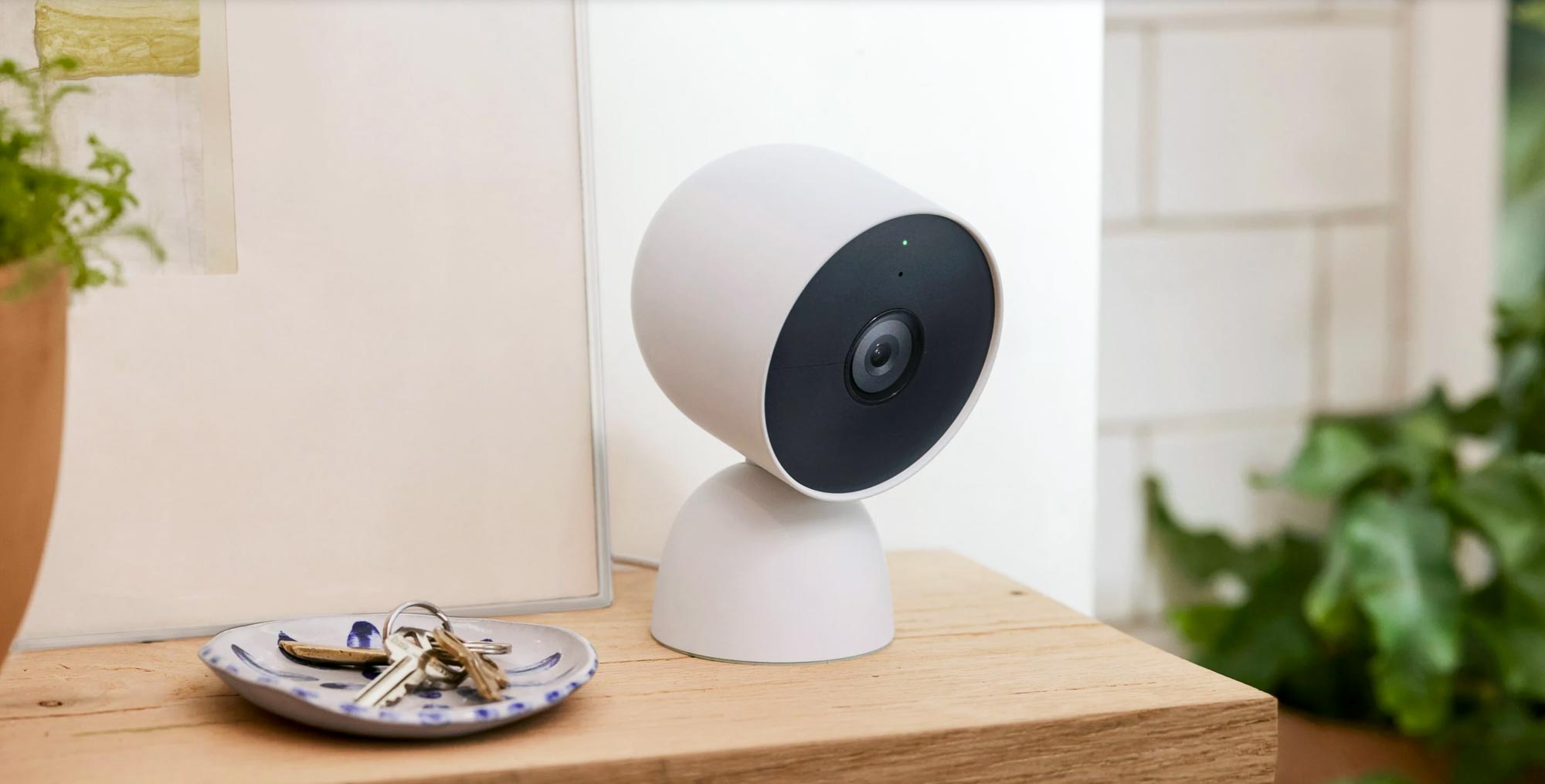

Home Security and Surveillance
How Do Home Security Cameras Work
Modified: March 6, 2024
Discover how home security cameras work and enhance your safety. Learn about the technology behind home surveillance systems and find the best options for your needs.
(Many of the links in this article redirect to a specific reviewed product. Your purchase of these products through affiliate links helps to generate commission for Storables.com, at no extra cost. Learn more)
Introduction
Home security cameras have become an essential component of modern-day surveillance systems, providing homeowners with peace of mind and a heightened sense of security. With advancements in technology, these cameras have evolved into sophisticated devices that are easy to install, user-friendly, and packed with advanced features.
In this article, we will delve into the fascinating world of home security cameras, exploring their different types, key components, video capture and transmission capabilities, motion detection and alert systems, integration with home security systems, as well as concerns surrounding privacy and data security.
Whether you are a homeowner looking to enhance your property’s security or just intrigued by the inner workings of these devices, read on to discover how home security cameras work and why they are an invaluable asset for safeguarding your home and loved ones.
Let us begin by exploring the various types of home security cameras available on the market today.
Key Takeaways:
- Home security cameras come in various types, from wired to wireless, each with unique features to suit specific needs. Understanding these types helps homeowners choose the best option for their property’s surveillance.
- Integrating home security cameras with alarm systems and smart home devices creates a comprehensive security ecosystem, allowing for centralized management and enhanced protection. This integration enhances the overall effectiveness and convenience of home security.
Read more: How Do Wireless Security Cameras Work
Types of Home Security Cameras
When it comes to home security cameras, there are several different types to choose from, each designed to cater to specific needs and preferences. Let’s take a closer look at some of the most popular types:
- Wired Cameras: Wired cameras are connected to a power source and transmit video signals through physical cables. This type of camera provides a reliable and stable connection, making it suitable for long-term installations.
- Wireless Cameras: As the name suggests, wireless cameras eliminate the need for physical cables by transmitting video signals through Wi-Fi or other wireless technologies. They offer flexibility in terms of placement and can be easily moved or repositioned as needed.
- Indoor Cameras: Indoor cameras are specifically designed for monitoring the interior of your home. They are typically smaller in size and discreet in appearance, making them blend seamlessly with your home decor.
- Outdoor Cameras: Outdoor cameras are built to withstand various weather conditions and provide surveillance for the exterior of your home. They are equipped with weatherproof casings to protect them from rain, snow, and extreme temperatures.
- Pan-Tilt-Zoom (PTZ) Cameras: PTZ cameras offer additional flexibility by allowing remote control over the camera’s movement. With pan, tilt, and zoom capabilities, these cameras can be adjusted to cover a larger area and provide close-up views when necessary.
Each type of camera offers distinct advantages and is suitable for different scenarios. Consider your specific surveillance needs before selecting the type that best fits your requirements.
Components of Home Security Cameras
Home security cameras are comprised of various components, each playing a crucial role in capturing and transmitting surveillance footage. Understanding these components will give you a better grasp of how these cameras work. Here are the key components:
- Lens: The lens of a security camera determines the field of view and focal length. It is responsible for capturing the image or video footage. Different lenses provide different viewing angles, such as wide-angle, standard, or telephoto, allowing you to choose the most suitable option for your surveillance needs.
- Image Sensor: The image sensor converts the optical image captured by the lens into a digital format. There are two types of image sensors commonly used: charge-coupled device (CCD) and complementary metal-oxide-semiconductor (CMOS). Each has its own advantages, such as better low-light performance or reduced power consumption.
- Processor: The processor is responsible for handling the data processing and video encoding tasks. It converts the analog signal from the image sensor into a digital format and compresses the video footage for efficient storage and transmission.
- Infrared LEDs: Many home security cameras are equipped with infrared (IR) LEDs. These LEDs emit infrared light that is invisible to the human eye but can be detected by the camera’s image sensor. This allows the camera to capture clear surveillance footage in low-light or complete darkness.
- Housing and Mounting: The housing of a security camera is designed to protect it from harsh weather conditions and tampering. It is typically made from durable materials and may have features like weatherproofing and vandal resistance. Mounting options vary, including wall mounts, ceiling mounts, or pole mounts, to ensure secure and optimal camera placement.
By understanding the components of security cameras, you can make informed decisions when selecting a camera that meets your specific requirements. The quality and effectiveness of these components greatly influence the overall performance of the camera in capturing and transmitting surveillance footage.
Video Capture and Transmission
Once a home security camera captures surveillance footage, it needs to be transmitted and stored for later review. Let’s explore the key aspects of video capture and transmission:
- Video Compression: Video footage captured by security cameras can produce large files, making it impractical to store and transmit without compression. Video compression techniques are used to reduce the file size while maintaining the quality of the footage. Common compression methods include H.264, H.265, and MPEG-4.
- Storage Options: There are several storage options available for storing recorded surveillance footage. These include local storage on a hard drive or Network Attached Storage (NAS) device, cloud storage services, or a combination of both. Local storage provides immediate access to the footage without relying on an internet connection, while cloud storage offers the convenience of accessing recordings from anywhere using an internet-connected device.
- Live Streaming: Many home security cameras offer live streaming capabilities, allowing you to monitor your property in real-time. With live streaming, you can view the surveillance footage remotely through a computer, smartphone, or tablet. This feature is especially useful when you want to keep an eye on your home while you’re away or to check on the well-being of family members or pets.
- Remote Access: Remote access allows you to access and control your home security cameras from anywhere using a mobile app or a web browser. With remote access, you can view live footage, playback recorded videos, adjust camera settings, and receive notifications or alerts, enhancing the overall convenience and security of your surveillance system.
The ability to compress, store, and transmit surveillance footage efficiently and securely is crucial for an effective home security camera system. Consider these factors when choosing a camera and storage options that best suit your needs.
When choosing a home security camera, look for features like high resolution, night vision, motion detection, and cloud storage for video footage.
Motion Detection and Alerts
Motion detection is an essential feature of home security cameras that helps identify and capture any movement within the camera’s field of view. Let’s explore the key components and technologies involved in motion detection and alert systems:
- Passive Infrared (PIR) Sensors: Many security cameras are equipped with PIR sensors that detect changes in infrared radiation caused by moving objects. PIR sensors are highly effective in distinguishing between human movement and false triggers like changes in lighting or weather conditions. When motion is detected, the camera is triggered to start recording or sending alerts.
- Video Analytics: Advanced home security cameras utilize video analytics technology to analyze the captured footage and identify specific events or objects. These analytics algorithms can differentiate between people, vehicles, animals, or other relevant patterns of movement, reducing false alarms and increasing the accuracy of detection.
- Notification Systems: When motion is detected, security cameras can send alerts or notifications to the homeowner via various communication channels. This can include smartphone push notifications, email alerts, or even SMS messages. These notifications provide real-time updates, allowing homeowners to take immediate action or access the live footage to assess the situation.
Motion detection and alert systems play a crucial role in enhancing the effectiveness of home security cameras. They provide an extra layer of protection by alerting homeowners to potential risks or suspicious activities, enabling timely response and ensuring peace of mind.
Read more: How Do Cellular Security Cameras Work
Integration with Home Security Systems
Home security cameras can be integrated with existing home security systems to create a comprehensive security setup. Let’s explore how these cameras can seamlessly integrate with other security components:
- Alarm Systems: Home security cameras can work in conjunction with alarm systems. When a camera detects motion or an alarm is triggered, it can activate the alarm system, sounding an audible alarm or alerting a monitoring service. This integration creates a powerful deterrent against intruders and provides a centralized approach to security management.
- Smart Home Integration: With the rise of smart home technology, security cameras can integrate with other smart devices in the home. For example, cameras can be connected to smart lighting systems, allowing them to automatically turn on lights when motion is detected. Integration with smart locks enables homeowners to remotely grant access to visitors or receive alerts when a door is opened.
- Mobile Apps: Most home security cameras come with their dedicated mobile apps, allowing homeowners to access and control the cameras from their smartphones or tablets. These apps provide real-time viewing of live footage, playback of recorded videos, and the ability to adjust camera settings, such as motion detection sensitivity or viewing angles. Mobile apps also enable homeowners to receive instant alerts and notifications when motion is detected.
By integrating home security cameras with other security systems and smart home devices, homeowners can create a seamless and interconnected security ecosystem. This integration enhances the overall effectiveness and convenience of home security, providing comprehensive protection for your home and loved ones.
Privacy and Data Security
Privacy and data security are vital considerations when it comes to home security cameras. Here are some key aspects to keep in mind regarding the protection of your data:
- Encryption: Encryption is an essential security measure that protects the privacy and integrity of your surveillance footage. Look for cameras that support encryption protocols such as Secure Socket Layer (SSL) or Transport Layer Security (TLS). This ensures that the data transmitted between the camera and other devices is encrypted and cannot be intercepted or tampered with.
- Data Storage and Privacy Policies: When choosing a home security camera, consider the data storage options and the privacy policies offered by the manufacturer. Ensure that they adhere to industry standards and best practices in protecting your data. Review their policies regarding data retention, access controls, and sharing of information to ensure your privacy is adequately protected.
- Password Protection: Protecting your camera with a strong and unique password is crucial to prevent unauthorized access. Change the default password that comes with the camera and use a combination of letters, numbers, and special characters. Regularly update your password to ensure optimal security.
- Secure Wi-Fi Networks: Home security cameras rely on Wi-Fi networks for connectivity, so it is essential to secure your wireless network. Use strong Wi-Fi passwords, enable network encryption (WPA2 is recommended), and regularly update the firmware on your router. This helps prevent unauthorized access to your camera’s footage and protects your network from potential intrusions.
By taking these privacy and data security measures, you can ensure that the information captured by your home security cameras remains confidential and protected. Safeguarding your data is as important as safeguarding your home.
Conclusion
Home security cameras have revolutionized the way we protect and monitor our homes. With their advanced features and integration capabilities, these cameras provide a sense of security and peace of mind to homeowners. From wired to wireless, indoor to outdoor, and pan-tilt-zoom cameras, there is a wide array of options to choose from based on your specific needs.
The components of home security cameras, such as lenses, image sensors, processors, infrared LEDs, and sturdy housing, work together to capture and transmit high-quality surveillance footage. Motion detection and alert systems, powered by passive infrared sensors and video analytics, ensure that you are promptly notified of any suspicious activities.
Integrating home security cameras with alarm systems and smart home devices creates a comprehensive security ecosystem, allowing for centralized management and enhanced protection. Mobile apps enable remote access and control, enabling homeowners to monitor their homes in real-time, adjust camera settings, and receive instant notifications.
Privacy and data security should not be overlooked when installing home security cameras. Implementing encryption, reviewing data storage and privacy policies, using strong passwords, and securing Wi-Fi networks ensure that your surveillance footage remains confidential and protected.
In conclusion, home security cameras provide an invaluable tool in safeguarding your home and loved ones. With their comprehensive features, seamless integration, and emphasis on privacy and data security, these cameras offer the necessary protection and peace of mind for homeowners. Invest in a reliable and high-quality home security camera system to enhance the security of your home and gain complete control over your property’s surveillance.
Frequently Asked Questions about How Do Home Security Cameras Work
Was this page helpful?
At Storables.com, we guarantee accurate and reliable information. Our content, validated by Expert Board Contributors, is crafted following stringent Editorial Policies. We're committed to providing you with well-researched, expert-backed insights for all your informational needs.
